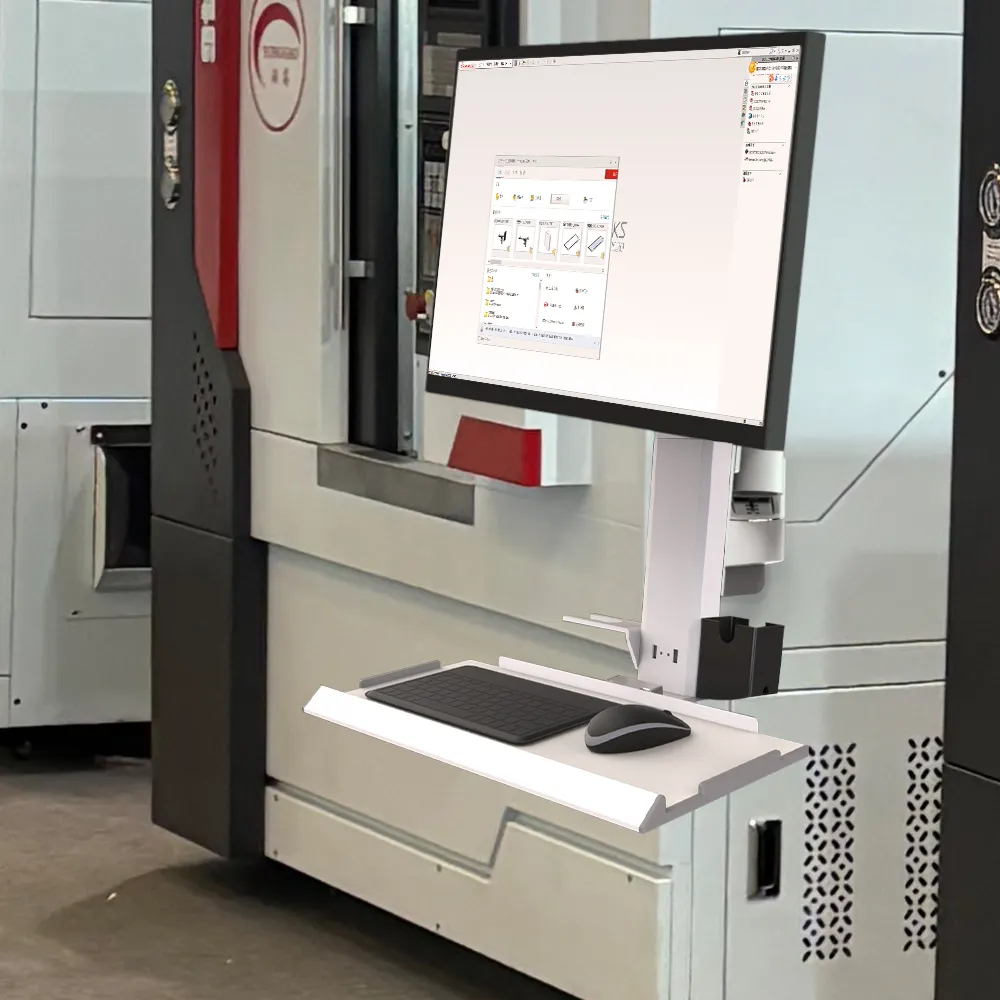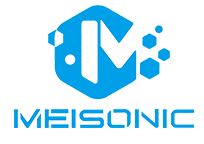Understanding OEM Industrial Monitor Brackets
Core Components and Design Principles
Industrial monitor brackets made by OEMs serve as essential equipment that keeps screens properly positioned and supported throughout manufacturing facilities. Most of these brackets come built from heavy duty materials like steel alloys or aluminum composites which can take quite a beating over time. When looking at what makes them work, there are several important parts worth mentioning. First we have those adjustable hinges that let workers move the screen around easily without much effort. Then there are mounting points that keep everything stable even during vibrations from nearby machinery. And finally, special load bearing structures handle different sized displays ranging from small touch panels up to large industrial monitors weighing dozens of pounds. Designers put lots of thought into making sure these brackets will last through tough conditions found in factories everywhere. They incorporate things like extra weight capacity ratings and heat resistant coatings so they won't warp or break down when exposed to high temperatures or chemical spills. Many manufacturers also go with modular construction approaches these days because it allows for quick changes depending on how the workspace needs to be configured. Adding proper ergonomics into bracket design matters too since nobody wants to crane their neck all day looking at a poorly placed display. Good ergonomic design helps prevent eye strain and back problems while keeping employees productive throughout their shifts.
Importance of Precision Engineering
Getting the measurements right matters a lot when making OEM industrial monitor brackets. The whole process needs detailed planning so every part fits together properly and works reliably over time. Studies show something interesting too about why precision matters so much. Around 80% of problems come from bad installation, which shows how important it is to get things mounted correctly from day one. Take healthcare facilities for instance. When doctors need to read monitors accurately during procedures, even small misalignments can lead to wrong diagnoses or missed symptoms. Manufacturing plants face similar challenges where off-center displays might cause operators to miss important data points during production runs. That's why most factories invest heavily in precise bracket systems. Across different fields like tech development or medical care, getting those brackets just right isn't optional anymore. It directly affects how well machines run and whether businesses stay profitable in the long term.
Benefits of Custom Industrial Monitor Brackets
Enhanced Workspace Ergonomics
Industrial monitor brackets made to order really make a difference when it comes to how comfortable people feel at their workstations. Workers can tweak the height just right so they don't end up with back pain or eye strain throughout their shifts, which means they get stuff done faster too. The best part is these brackets come in all sorts of designs that fit different screen setups, making life easier for folks who spend hours staring at monitors day after day. Studies from places like OSHA show workplaces that invest in better ergonomics see fewer cases of those annoying muscle and joint problems that keep good employees from showing up. Plus, most companies find that letting staff personalize their setup according to what feels right for them actually pays off in the long run. A worker who isn't fighting against uncomfortable equipment tends to stay focused longer and makes fewer mistakes while doing repetitive tasks.
Adaptability to Unique Machinery Layouts
When it comes to fitting machinery setups, custom brackets really shine compared to those one size fits all options that just don't work right. These brackets can actually be made to fit the exact space requirements of each facility, which makes things run better overall. Take a look at what happened at one factory recently where they installed these custom brackets everywhere. The workers noticed their workflow got much better because all the computer screens were placed just where they needed them. The fact that these brackets adapt so well means shops can organize their tools and gear in ways that make sense for their particular setup. Shops that switch to custom brackets usually find their day to day operations go smoother since everything is where it should be when someone needs it.
Durability in Harsh Industrial Environments
Industrial monitor brackets made to order really hold up well when things get tough out there. Most come from strong stuff like steel or aluminum, plus special coatings help them fight off heat extremes, wet environments, and dusty workplaces. Some factory floor managers report seeing way less bracket failures over time, which means less time spent replacing broken parts and more actual work getting done. Take mining operations for example where dust levels are through the roof, or chemical plants dealing with corrosive atmospheres daily. These brackets just keep going without giving up, so equipment stays mounted properly even after years of abuse. The bottom line? Less hassle overall and operations running smoother day after day.
Industries Revolutionized by Custom Brackets
Manufacturing: Assembly Line Optimization
Custom brackets have become essential components in manufacturing settings where they help reconfigure assembly lines to work better. When monitors are positioned just right thanks to these brackets, plant workers can actually see what's happening on the floor without constantly moving around, which cuts down mistakes and keeps things flowing smoother. Some factories report that getting those screens in optimal spots boosts productivity quite a bit sometimes as much as 20% according to recent studies from equipment manufacturers. What makes this even more valuable is how well these brackets fit with modern IoT systems. Connecting them to smart sensors means factory managers get live updates straight from the production floor. This kind of instant feedback lets teams adjust operations faster when something goes off track during production runs.
Healthcare: Surgical Equipment Integration
In hospitals and clinics across the country, custom made brackets play a vital role in keeping things running smoothly during surgeries. These brackets help mount monitors right where they need to be in operating rooms without compromising sterility. Surgeons can adjust screen positions on the fly so everyone involved in a procedure has clear sightlines when it matters most. Many doctors actually report better results since implementing these adjustable mounting solutions. After all, nobody wants to miss critical information because a monitor was placed poorly. Plus, these brackets meet all those strict FDA guidelines and hospital infection control protocols that every medical facility must follow. The extra cost pays off in both patient safety and staff satisfaction over time.
Energy: Ruggedized Control Room Solutions
Custom brackets play a crucial role in the energy industry, particularly when it comes to making control rooms safer and more functional for workers. They shield sensitive gear from constant vibrations and tough environmental factors that could otherwise damage expensive equipment. Take power generation facilities or offshore drilling platforms as examples where stability matters most. These specialized mounts keep display screens firmly in place so operators can easily access critical information without risk of accidental knocks or misalignment. The way these brackets integrate with existing systems makes all the difference in day-to-day operations, allowing technicians to monitor plant performance continuously without interruptions. What sets them apart is their ability to handle extreme temperatures, corrosive substances, and mechanical stress over long periods, which means fewer maintenance calls and longer lifespan for both the brackets themselves and the instruments they support.
Customization Process for OEM Brackets
Collaborative Design Workflows
Designing OEM brackets typically follows a collaborative approach where manufacturers work closely with clients throughout the development cycle. First things first, we sit down with customers to really understand what they need, which helps us shape our solutions around their specific applications rather than generic specs. Computer aided design software becomes essential at this stage, letting everyone see exactly what's being built and make changes on the fly without waiting weeks for prototypes. These digital tools actually make teamwork easier because designers can tweak dimensions while engineers check structural integrity simultaneously. The whole process keeps evolving thanks to regular check-ins where we incorporate suggestions and fix any issues before production starts, ultimately creating better products faster than traditional methods would allow.
Material Selection for Industry-Specific Demands
Industries need different kinds of materials when it comes to OEM brackets, especially ones that can handle specific challenges such as heat or corrosion problems. Take the food sector for example where stainless steel tends to be the go to choice because it lasts longer and doesn't rust easily. The aerospace field has completely different needs though, typically looking at stuff like titanium which combines light weight with incredible strength. More and more manufacturers are getting interested in sustainable materials these days, mainly because there's growing pressure from customers wanting greener products. What makes these eco friendly alternatives so appealing isn't just their ability to perform technically speaking, they actually fit right into our current move toward being more environmentally conscious across many industries today.
Prototyping and Rapid Iteration
When it comes to customizing brackets for OEM applications, prototyping remains one of the most important steps. It gives companies a chance to look at how much things will actually cost and get real feedback from stakeholders. Thanks to advances in 3D printing tech, this whole process has changed dramatically over recent years. Manufacturers can now crank out prototype after prototype at a fraction of traditional costs while still getting things done fast. What makes this so useful is that they can spot problems with how parts might be made long before actual production starts rolling. Fixing these issues upfront saves everyone headaches later on when mistakes would be far more expensive to correct. For anyone serious about making precision brackets that meet all quality requirements, going through multiple iterations just makes good business sense.

Cost Efficiency Through Tailored Solutions
Reduced Downtime via Perfect-Fit Components
Custom OEM brackets offer a major benefit when it comes to cutting down on downtime because they fit so well in place. When these brackets are properly designed for integration into current systems, installation goes much faster and production doesn't get held up as much. The numbers tell a pretty scary story about what happens during unexpected shutdowns in factories across the country. Some studies show that just one hour lost in manufacturing operations can set back a company around $260k per hour. That kind of money adds up fast. Companies looking at ways to save cash while keeping things running smoothly should seriously consider investing in those tailor made bracket solutions instead of settling for off the shelf alternatives.
Long-Term Maintenance Savings
Custom brackets actually save money on maintenance in the long run because they last longer and work better than standard options. A lot of manufacturing firms report cutting down on repair bills once they switch to made-to-order parts. Some industry reports suggest maintenance expenses might drop around 15% when companies go this route. These specially designed components simply don't break down as often, so there's less hassle with replacing worn out pieces or fixing problems mid-production. Over several years, this translates into real cash savings for businesses. Plus, knowing exactly what kind of spending to expect each month makes budgeting much easier for plant managers who are always looking for ways to keep operations running smoothly without breaking the bank.
ROI Analysis of Custom vs. Generic Brackets
Looking at the money side of things when installing custom brackets requires doing some serious return on investment calculations first. The math needs to cover what it costs to get started plus all the savings down the road from running smoother operations and spending less on fixes later. Research across different sectors keeps pointing out something interesting too: even though custom made parts cost more initially, they tend to pay off better financially compared to off-the-shelf alternatives in the long run. Companies need to think beyond just how much something costs when bought new. They should really look at everything involved over time including how long it lasts, repair expenses, and those daily workflow efficiencies. Focusing only on sticker shock misses the bigger picture. Taking this broader view helps managers make smarter choices that actually support their bottom line objectives instead of just cutting corners short term.
Selecting the Right OEM Partner
Evaluating Technical Expertise
Picking the right OEM partner starts with looking at their technical know-how. How do we measure this? Well, check out what certifications they have hanging on their wall and take a look at the projects they've worked on before. Certifications show they're meeting basic industry requirements, but it's the actual work history that tells us if they can really apply those skills in practice. Don't forget to read through client reviews either, especially ones from businesses in similar fields as yours. Real world feedback gives a much better picture of whether they actually deliver results. Experience matters too. Partners who've been around for a while tend to come up with better design ideas and creative solutions because they understand what works in different situations. Going with someone who has solid track record reduces headaches down the road and makes the whole project run smoother from start to finish.
Quality Assurance Certifications
Getting quality assurance certifications like ISO 9001 matters a lot for OEM partners because it basically means products will be consistently good and reliable. When a company has these certs, it shows they take manufacturing seriously and care about keeping things up to standard. We've seen plenty of businesses struggle when they skip proper quality checks. Defects go up, customers get frustrated, and nobody wants that. Working with an OEM that holds its certifications means sticking to strict quality rules. Beyond just making better products, this kind of dedication builds real trust over time. Customers remember who delivers what they promise, which leads to longer partnerships and fewer headaches down the road.
Scalability for Large-Scale Projects
When picking an OEM partner for big projects, scalability matters a lot. Good partners know how to adjust what they do based on project size while still keeping things on track and meeting quality standards. If a company cant scale up properly, problems start piling up fast. We've seen projects delayed months because the partner couldn't handle increased workload, and costs just keep climbing. Real world experience shows otherwise though. Many businesses working with scalable manufacturers report getting through massive production runs without those usual headaches that come with scaling issues. Working with someone who actually gets scalability means moving forward smoothly from initial idea all the way through final delivery, no unexpected roadblocks along the way.
FAQ
What are OEM industrial monitor brackets?
OEM industrial monitor brackets are tools designed to support and position monitors in industrial environments, using robust materials like steel and aluminum for durability.
Why is precision engineering important for OEM brackets?
Precision engineering ensures each component of OEM brackets meets accuracy and reliability standards, helping prevent downtime and equipment failures.
How do custom brackets enhance workspace ergonomics?
Custom brackets offer tailored height adjustments, minimize strain on workers, and improve productivity by enhancing comfort in work environments.
What materials are used for custom OEM brackets?
Materials like steel, aluminum, stainless steel, and titanium are commonly used, chosen based on industry-specific demands such as durability, thermal resistance, and corrosion resistance.





